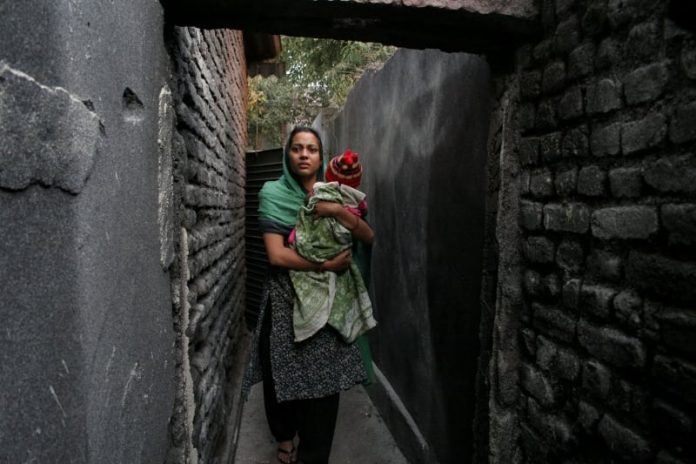
The World Bank trimmed its 2014 growth forecast for developing Asia, but said the region’s economies were likely to see steady growth in the next couple of years, helped by a pick-up in global growth and trade.
The Washington-based development bank expects the developing East Asia and Pacific (EAP) region to grow 7.1% in 2014 and 2015, down from the 7.2% rate it had previously forecast for both years.
Growth in 2016 is also seen at 7.1%, staying slightly below the 2013 growth rate of 7.2%.
“Stronger global growth will help most developing East Asia Pacific (EAP) countries grow at a steady pace while they adjust to tighter global financial conditions,” the World Bank said in its latest East Asia Pacific Economic Update report.
“The tailwinds from improving global trade will offset the headwinds from the tightening of global financial markets.”
Emerging markets, including those in Asia, had been roiled by capital outflows from around May to September last year as investors began positioning for the US Federal Reserve to start tapering its monetary stimulus.
While financial markets in the East Asia Pacific region have shown a muted reaction to the Fed’s actual decision in December to begin scaling back its quantitative easing, the possibility of capital flow reversals remains a concern for developing countries in the region, the World Bank said.
“Going forward, higher global and domestic interest rates, rather than more volatile capital flows and financial markets, may be the greater concern,” it added.
The prospects for a normalisation of US policy rates will put upward pressure on interest rates and could trigger more sizeable capital outflows from weaker economies, as well as make debt management more difficult in countries where leverage has risen, the bank said.
“Overall, as interest rates rise, developing countries will face higher capital costs, which will weigh on investment and growth in the medium term,” it added.
CHINA GROWTH
The World Bank trimmed its 2014 growth forecast for China to 7.6%, from 7.7% previously. It kept the 2015 growth forecast for China steady at 7.5%, down slightly from 7.7% actual growth in 2013.
The new 2014 outlook reflected “the bumpy start to the year,” it said, noting that China’s industrial production and exports had been weak in the January-February period.
“While the growth rate of industrial production has slowed, and exports contracted in the first two months of 2014, the trend is nevertheless strengthening, and we expect quarterly growth to rise at midyear as external demand from the high-income countries solidifies,” the World Bank said.
Among Southeast Asian economies, the biggest changes in the World Bank’s economic forecasts were for Thailand and Myanmar.
It cut its forecast for Thailand’s economic growth to 3.0% in 2014 and 4.5% in 2015, from its previous forecasts of 4.5% and 5.0%, respectively.
The World Bank said a recovery in external demand would lift
growth in Thailand compared with the 2.9% actual growth in 2013.
Domestic demand in Thailand, however, remains dampened because of the ongoing political unrest, which has affected tourism receipts, public investment and investor confidence, it said.
“If the political situation stabilizes sufficiently … growth will be stronger in 2014,” the bank said.
Growth in Myanmar is likely to stabilise at 7.8% in 2014-2016, after the government made progress in 2013 on macroeconomic reforms, it said. The World Bank had previously forecast 6.9% growth for Myanmar in both 2014 and 2015.
The World Bank said downside and upside risks to growth in developing East Asia Pacific countries were evenly balanced.
“At the global level, a slower-than-expected recovery in advanced economies or a steady rise in interest rates, coupled with increased volatility in commodity prices due to recent geopolitical tensions could mean a less hospitable environment for growth,” it said.
A steady global recovery, however, could help open the way for deeper reforms, such as steps needed to create the ASEAN Economic Community by 2015, it said.
A disorderly rebalancing in China could hurt the growth outlook for commodity exporters, while a successful rebalancing could give a boost to regional trade partners, the bank said.



































